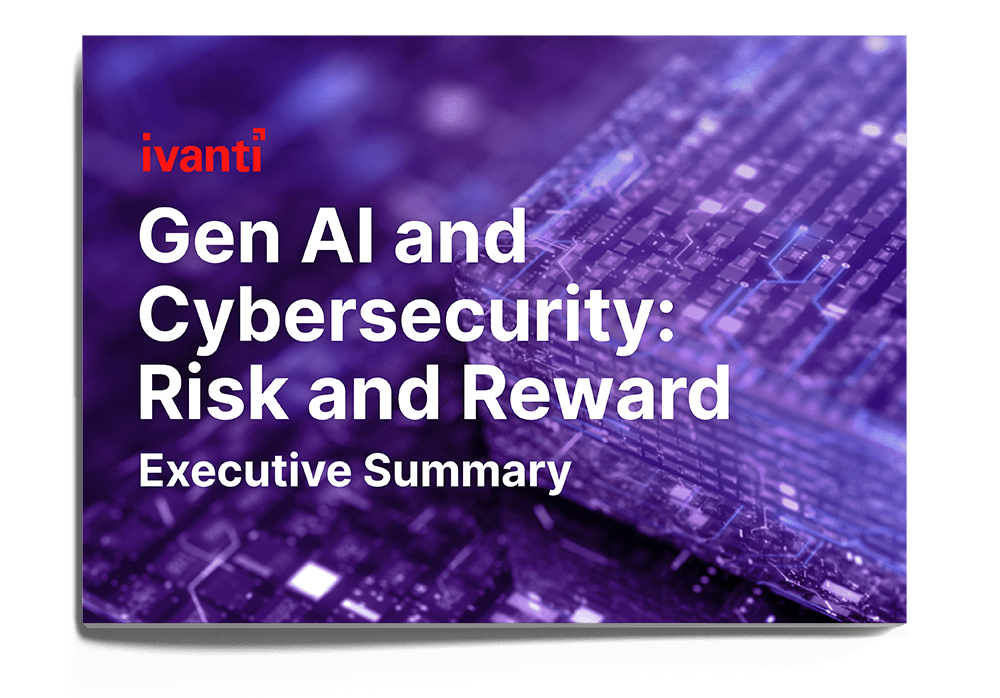Why it matters
AI-powered social engineering is attackers’ most powerful weapon. Training is a critical part of a multi-layered cyber defense, yet many organizations have not evolved their training strategies to reflect AI-powered threats.
Gen AI gives tremendous power to threat actors, who are iterating new methods to exploit the human element in organizations. Educated employees are still extremely important (even if imperfect) for organizations to defend against AI-driven cyber threats.
57% say they use anti-phishing training to protect their organization from sophisticated social-engineering attacks. It’s the most frequently used method compared to all others.
Yet just 32% say they believe training is “very effective” to protect against AI-powered social-engineering attacks. (Failure to continuously update training to reflect new realities may be one reason for this.)
Gen AI currently stacks the deck in favor of threat actors, who can exploit AI capabilities to continuously improve their phishing attempts.

Attackers have greater resources, more time, and dogged persistence. Given the nature of the threat — and how dynamic and complex it is — we as a security community have to work together and share knowledge to defend ourselves against this very complex, organized enemy.

Brooke Johnson
Senior Vice President, Chief Legal Counsel, Ivanti
That said, gen AI will be a crucial tool for defenders as well, helping organizations identify weaknesses in their systems and proactively address vulnerabilities before they are exploited by attackers.


